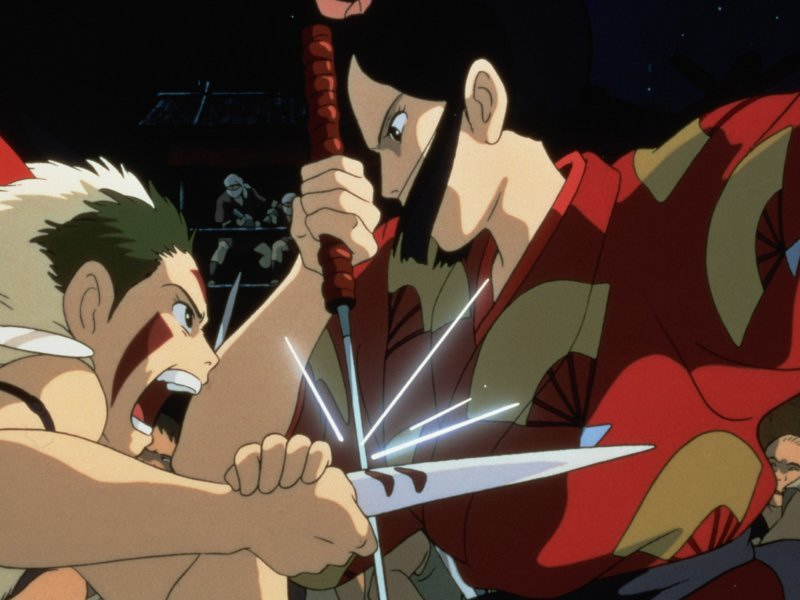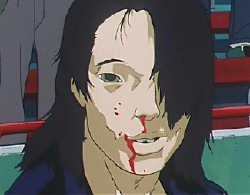So this week we watched Nausicaa, which I think was an okay film. It was slightly hard to watch due to my “restlessness”, but overall I think it was enjoyable. Like Princess Mononoke, Nausicaa deals with environmental concerns and also has the theme of powerful women. Nausicaa willingly fights for her people and even protects the insects that threaten their existence. She’s also a very peaceful person and tries to solve problems without resorting to violence, unlike San from Princess Mononoke. The one time she is violent in the film is when her father was attacked. And even then she felt guilty for letting her anger allow her kill and hurt others. Also like San, she loves nature and is willing to protect it.
Though the environmental issues in both Princess Mononoke and Nausicaa are caused by humans, I found it interesting that Princess Mononoke takes place in the past while Nausicaa is post-apocalyptic and set in the future. In both cases of the films, the environment and ecology was only messed up because of the actions of humans. I’d say that it’s kind of the same thing in real life. Plant too many crops consistently on one plot of land, the soil will become infertile, etc. Nature replenishes itself, but it’s humans who hinder the process and even make the problem worse. The fact that the earth, or nature, doesn’t really need humans is something I never really thought of before. It makes me feel like a parasite almost =/












